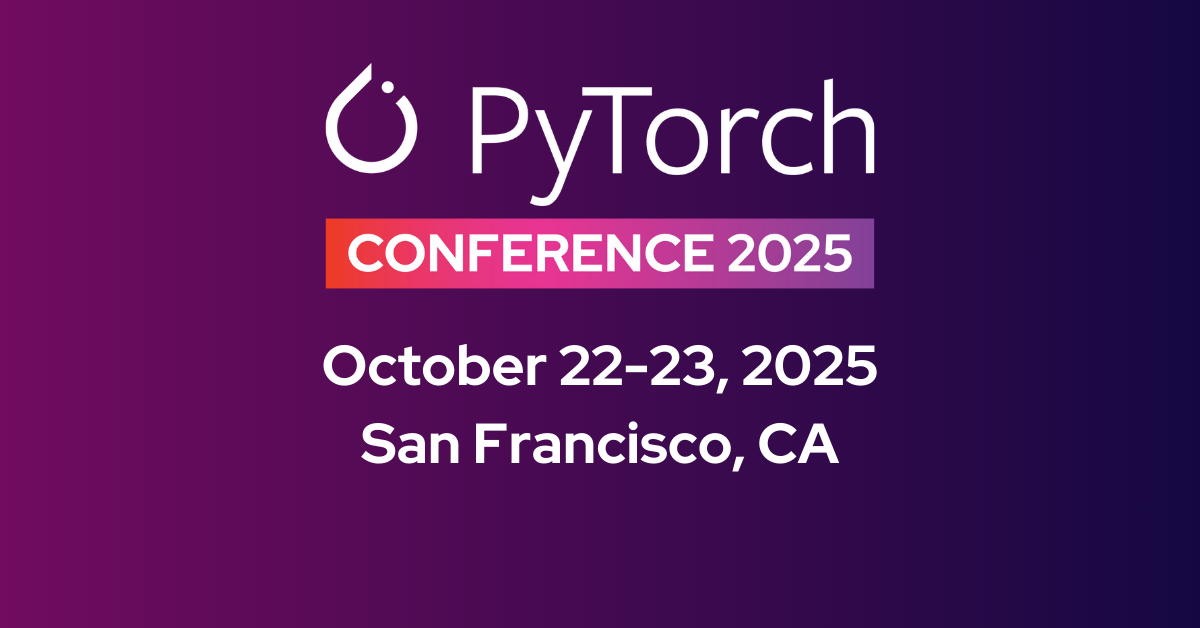Docker
Simplify AI/ML workflows with Docker! Learn how to deploy models, ensure reproducibility, and scale efficiently across environments.
Docker is an open-source platform that automates the deployment, scaling, and management of applications by using OS-level virtualization to deliver software in packages called containers. For Machine Learning (ML) engineers and data scientists, Docker is a crucial tool that solves the common problem of environmental inconsistencies—the infamous "it works on my machine" issue. By bundling an application's code with all the libraries, frameworks like PyTorch, and other dependencies it needs to run, Docker ensures that a model performs identically regardless of where it is deployed. This consistency is fundamental for reliable model deployment and is a cornerstone of modern MLOps practices. Ultralytics provides a Docker Quickstart guide to help users begin containerizing their applications.
How Docker Works
Docker's workflow revolves around a few core components that work together to package and run applications:
- Dockerfile: This is a simple text file that contains a list of sequential commands or instructions. These instructions tell Docker how to build a specific Docker image. For an ML project, a Dockerfile would specify a base operating system, commands to install dependencies like Python and OpenCV, copy the model files and inference code, and define the command to run when the container starts. You can find more information about Dockerfiles on the official Docker documentation.
- Docker Image: An image is a lightweight, standalone, and executable package that includes everything needed to run a piece of software, including the code, a runtime, libraries, environment variables, and config files. It is a read-only template created from a Dockerfile. ML-specific images are often available on registries like NVIDIA NGC, which come pre-configured with GPU drivers and ML frameworks.
- Docker Container: A container is a runnable instance of a Docker image. When you run an image, it becomes a container, which is an isolated process running on the host machine's kernel. Multiple containers can run on the same machine and share the OS kernel with other containers, each running as isolated processes in user space. This makes them extremely efficient compared to traditional virtualization. The technology is standardized by organizations like the Open Container Initiative (OCI).
Real-World AI/ML Applications
Docker simplifies the entire lifecycle of an AI model, from experimentation to production.
- Deploying Computer Vision Models to the Edge: An Ultralytics YOLO11 model trained for object detection can be packaged into a Docker container. This container includes the model weights, inference script, and all necessary dependencies like specific CUDA library versions. This single container can then be deployed consistently on various platforms, from a powerful cloud GPU to a resource-constrained Edge AI device such as an NVIDIA Jetson. This ensures the model performs as expected, a critical requirement for real-time inference in applications like smart surveillance.
- Creating Reproducible Research Environments: A data scientist developing a new algorithm for image segmentation can create a Docker container that locks in specific versions of Python, TensorFlow, and other libraries. This containerized environment can be shared with collaborators or published alongside a research paper, allowing others to perfectly replicate the training environment and verify the results. Platforms like Ultralytics HUB integrate with container technologies to further streamline this process.
Comparison with Similar Terms
While Docker is central to containerization, it's often used alongside other technologies:
- Containerization: This is the general concept of packaging software into containers. Docker is the most popular platform for containerization, providing the tools to build, ship, and run containers.
- Kubernetes: While Docker manages individual containers on a single host, Kubernetes is a container orchestration platform. It automates the deployment, scaling, and management of containerized applications across clusters of machines. Think of Docker as creating the shipping containers and Kubernetes as the system managing the ships and ports. You can learn more on the official Kubernetes website.
- Virtual Machines (VMs): VMs provide isolation by emulating entire hardware systems, including a guest OS. Containers, managed by Docker, virtualize the OS, sharing the host kernel. This makes containers much more lightweight, faster, and resource-efficient than VMs, though VMs offer stronger isolation. The official Docker website provides a great comparison.
By leveraging Docker, AI and Computer Vision (CV) practitioners can significantly improve workflow efficiency, collaboration, and the reliability of deployed models. For a general overview of Docker's purpose, resources like OpenSource.com's Docker explanation offer accessible introductions. This technology is a key enabler for a wide range of model deployment options.









